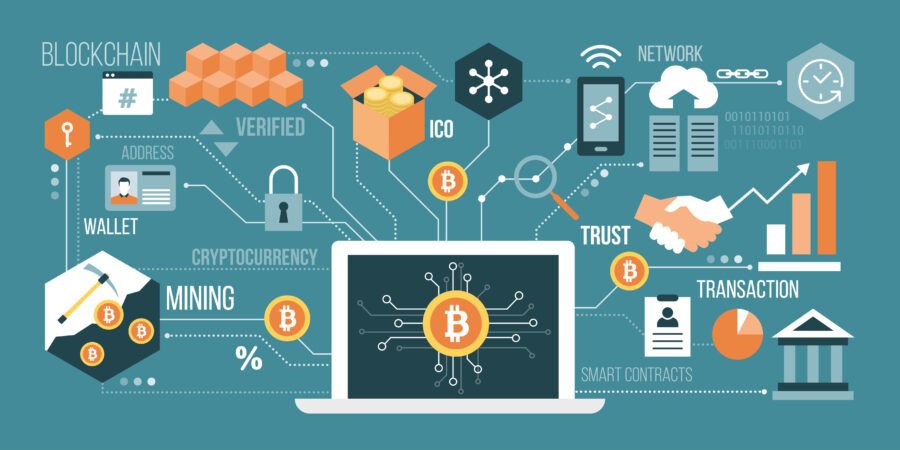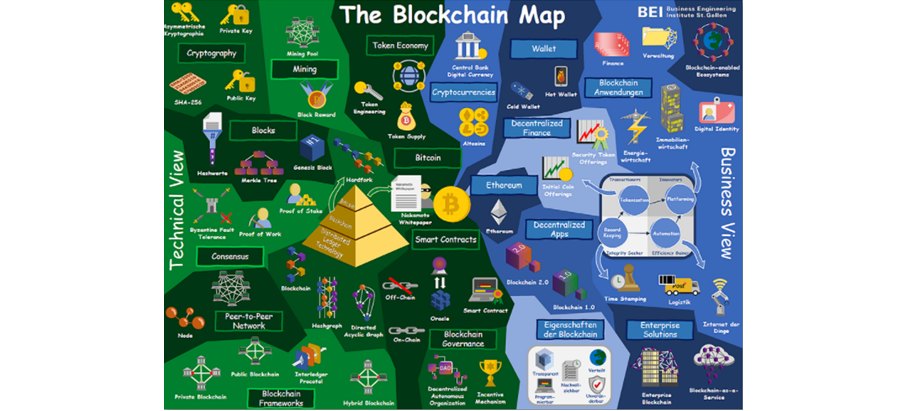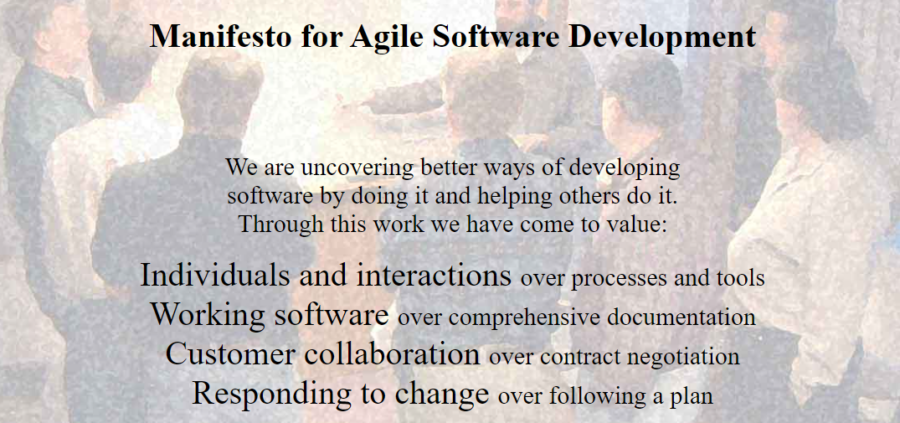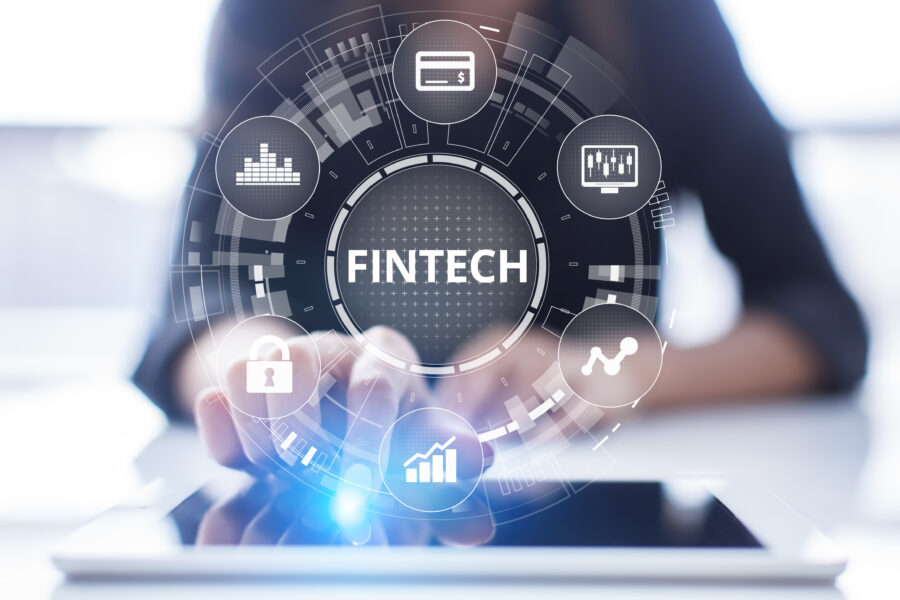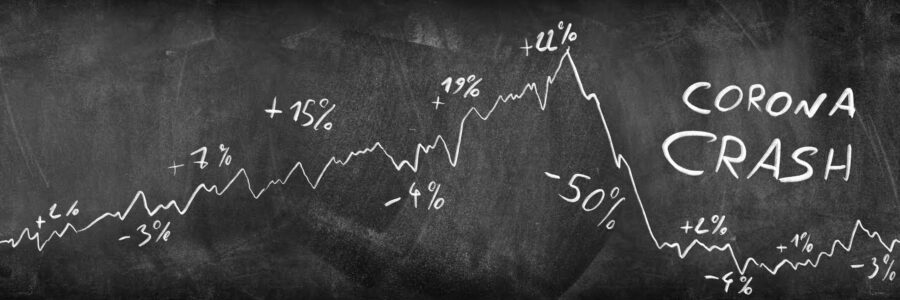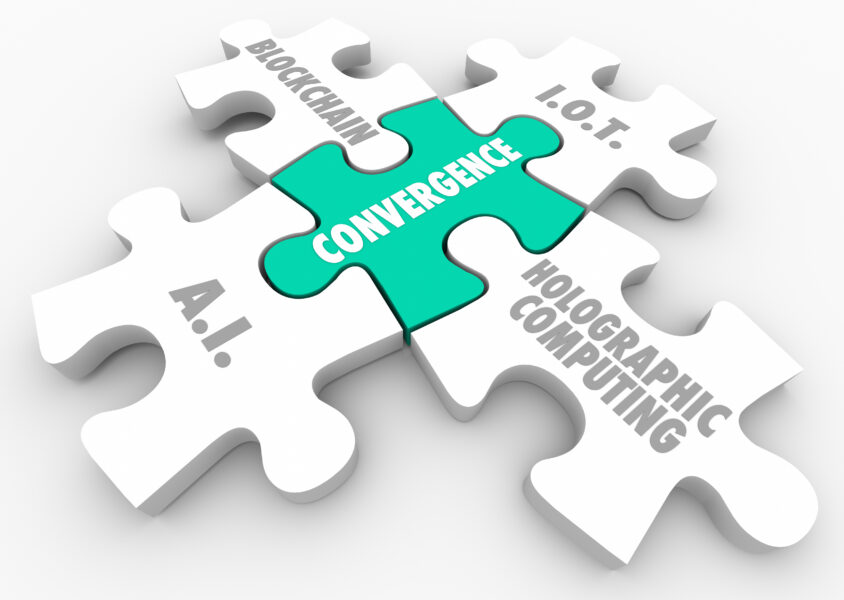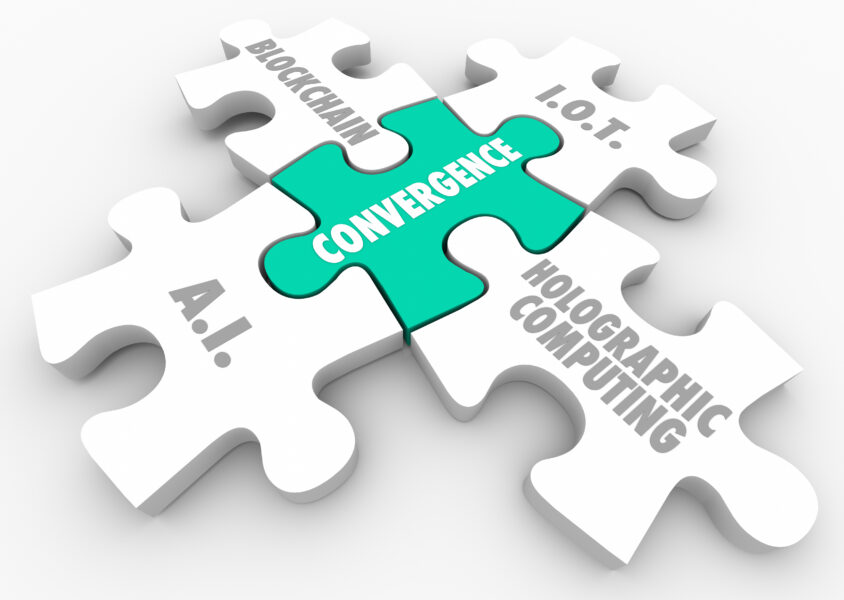
Successful Cooperation: What Banks and Fintechs Need to Consider
For a long time, fintechs were seen as a direct threat and competitor to traditional banks due to their high innovative capacity and the disruption potential attributed to them. In recent years, however, it has become apparent that both fintechs and banks are more interested in cooperation than in competition. However, there are factors that can cause a cooperation between a bank and a fintech to fail. How to prevent this is the topic of this article.
Continue reading »


